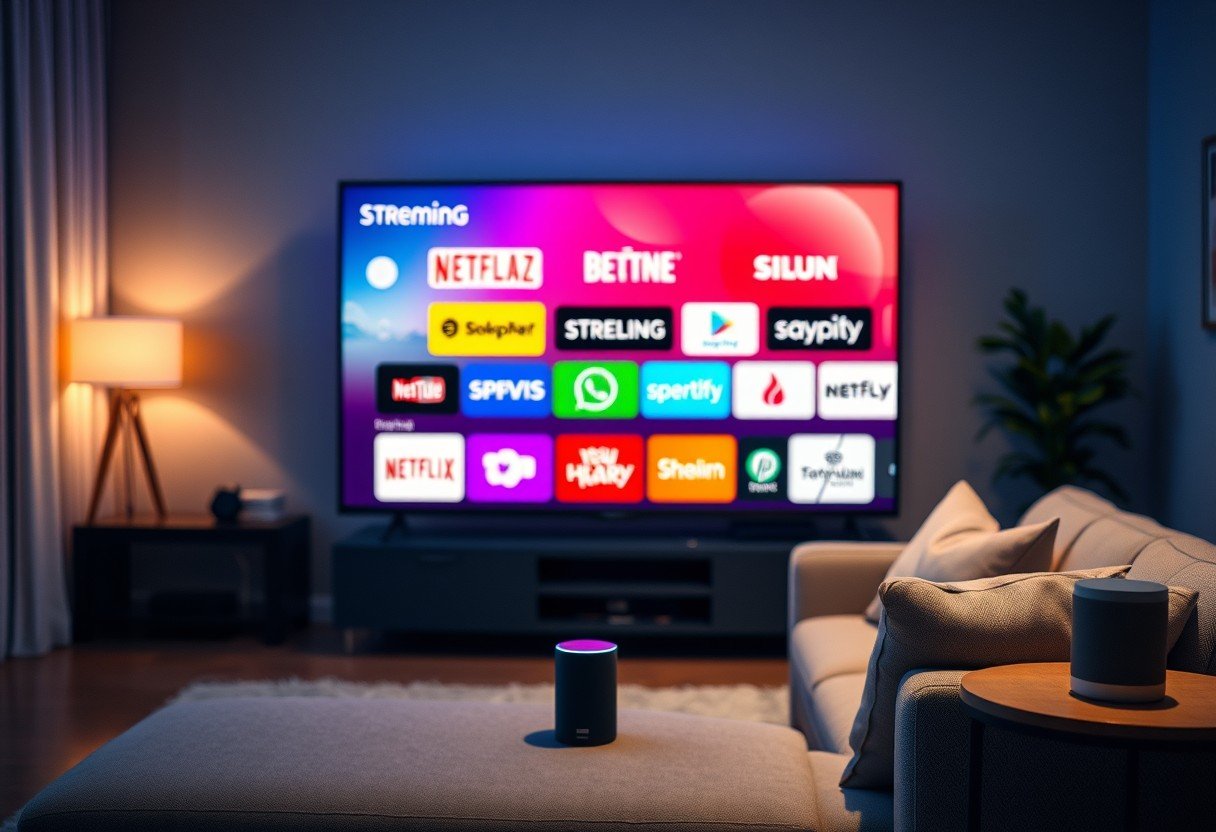In today’s competitive e-commerce landscape, customers expect fast, reliable, and free shipping. For sellers juggling multiple sales channels like a website, online marketplaces, and social media, meeting these demands can be a huge challenge. This is where omnichannel fulfillment becomes essential. It’s a strategy that connects all your sales channels to a single, unified system for inventory and order processing, ensuring you can deliver a seamless experience to every customer, no matter where they shop.
What Exactly is Omnichannel Fulfillment?
Omnichannel fulfillment is a logistics model where all your inventory is managed in one central system, even if you sell products on multiple platforms. Think of it as a single pool of stock that your website, Amazon store, and physical retail locations all draw from.
Instead of separating your inventory for each channel, which can lead to stockouts on one platform while you have plenty of products sitting on another, this approach gives you a complete view of everything you have. This means when a customer places an order on any channel, it is processed through one central hub. This unified approach is the key to creating an efficient and customer-friendly operation.
The goal is to make the entire process, from purchase to delivery, smooth and consistent for the shopper, regardless of their starting point.
The Biggest Challenge Solved by Omnichannel: Inventory Management
The single greatest headache for multi-channel sellers is inventory control. Without a unified system, you risk major errors that can damage your brand’s reputation. The most common problem is overselling—accepting orders for a product you no longer have in stock because your different stores didn’t update each other in time.
Imagine you have 50 t-shirts in stock. In a traditional setup, you might allocate 25 to your website and 25 to a marketplace. If your website sells out, customers there can’t buy the shirt, even though you still have 25 available on the other channel. Omnichannel fulfillment eliminates this problem by creating a single, shared inventory pool.
With a centralized system, every sale, no matter the channel, updates the total inventory count in real time. If a t-shirt is sold on the marketplace, the available stock count instantly drops from 50 to 49 across all your sales channels. This synchronization prevents overselling and ensures you don’t miss out on sales.
| Fulfillment Method | Inventory System | Risk of Overselling | Customer Experience |
|---|---|---|---|
| Traditional Multi-channel | Separated (Siloed) by Channel | High | Inconsistent |
| Omnichannel | Centralized & Synchronized | Very Low | Seamless & Consistent |
How an Omnichannel System Actually Works
The magic behind omnichannel fulfillment lies in smart software that automates and optimizes the entire process. It acts as the brain of your logistics operation, making decisions in real time to ensure efficiency and speed.
The process is straightforward but powerful:
- Centralized Order Intake: A customer places an order on any of your sales channels, whether it’s your Shopify store, Amazon, or even in a physical shop. The order is immediately sent to one central database, not to separate systems.
- Smart Routing Decision: The system’s AI instantly analyzes the order details, primarily the customer’s delivery address. It then scans your entire network of inventory locations—including warehouses, fulfillment centers, and even retail stores—to find the stock that is closest to the customer.
- Efficient Fulfillment: The order is automatically routed to the optimal location for picking, packing, and shipping. This ensures the product travels the shortest possible distance, saving you time and money on shipping.
- Real-Time Inventory Update: As soon as the order is processed, the central inventory system is updated across all your sales channels, reflecting the new stock level.
Meeting Modern Customer Expectations with Omnichannel
In a world shaped by Amazon Prime, customers have grown to expect their orders to arrive in two days or less. Any delay can lead to frustration, negative reviews, and a lost customer for life. The pressure on e-commerce businesses to deliver quickly has never been higher.
Omnichannel fulfillment is your best tool for meeting and exceeding these expectations. By shipping from the location closest to the customer, you can dramatically cut down on delivery times. An order from a customer in California might ship from a warehouse in Nevada instead of one in New York, turning a five-day delivery into a one or two-day delivery.
Furthermore, this strategy unlocks new, convenient options for your customers.
- BOPIS (Buy Online, Pickup In Store): Customers can purchase an item online and pick it up from a nearby retail location, often within hours.
- Curbside Pickup: An even more convenient option where customers don’t even have to leave their car.
- Ship from Store: Your physical stores can act as mini-fulfillment centers, helping to move inventory and speed up local deliveries.
Why Your Business Can’t Afford to Ignore It
Some merchants might hesitate to adopt a new system, but in the current e-commerce climate, omnichannel fulfillment is no longer an option—it’s a necessity for survival and growth. The “post-Amazon effect” means that slow shipping is a business killer. Customers have little patience for delays and will quickly move to a competitor who can deliver faster.
Implementing an omnichannel strategy directly translates to a better customer experience, which in turn builds loyalty and drives repeat business. It shows your customers that you value their time and are committed to providing top-tier service. The positive effects ripple throughout your entire business, from operations to marketing.
Choosing the Right Omnichannel Software
All the benefits of an omnichannel strategy depend on having the right technology to power it. When looking for an omnichannel support software, it’s not just about raw data and numbers. The best platforms are designed for the end user—the merchant.
Look for a system that provides clear, easy-to-understand information. Good software should offer a visual dashboard with graphics, explanations, and real-time updates. You should be able to see at a glance how much inventory you have, which channels are performing best, and where your orders are coming from. This visibility allows you to make smarter, data-driven decisions to grow your business effectively.
Frequently Asked Questions about Omnichannel Fulfillment
What is the difference between multichannel and omnichannel?
Multichannel means you sell on multiple platforms, but each channel operates separately with its own inventory and processes. Omnichannel integrates all these channels into one seamless system where the customer has a consistent experience no matter how they shop.
Is omnichannel fulfillment only for large businesses?
Not anymore. While it was once a strategy for major retailers, modern software-as-a-service (SaaS) solutions have made omnichannel fulfillment accessible and affordable for e-commerce merchants of all sizes, including small businesses and startups.
How does omnichannel fulfillment improve customer service?
It improves customer service by ensuring products are always in stock, reducing shipping times significantly, and offering flexible delivery options like in-store pickup. This reliability and convenience lead to happier, more loyal customers.
Can I use my retail stores as fulfillment centers?
Yes, this is one of the key benefits of an omnichannel strategy. Using your stores to fulfill online orders is known as “ship-from-store,” and it helps you leverage your existing inventory and locations to get products to customers faster.









Leave a Comment